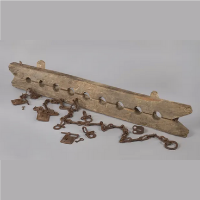December 2020

Online collections.
2020 has been a year that has seen us go online for both work and entertainment. It has been a strange year of lockdowns and making the best of a difficult situation.
We have had a busy year helping our clients get their collections online.
There are too many to mention here, but we would like to highlight some examples.
The City of Parramatta
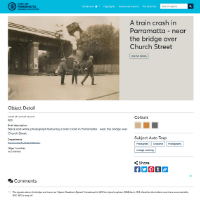
The City of Parramatta looks after a fascinating group of collections including social history, art, and archaeology. This year they have published over 30,000 items to a microsite.
Visit the City of Parramatta Research & Collections website.
This photograph of a train crash near the bridge over Church Street is an example where further information is provided by the audience.
The Suter Art Gallery Te Aratoi o Whakatū
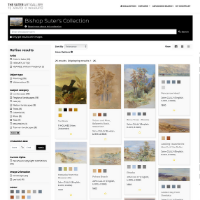
The Suter Art Gallery in Nelson name is from Bishop Suter. Late in life, he expressed a wish to present an art gallery to the people of Nelson. Following his death, Amelia his wife, began to realise her husbands dream with a gift of land, money and Bishop Suter’s art collection. The result is the Suter Art Gallery. Following a major redevelopment in 2016 the Suter gallery has published an online collection to share its collection of paintings, watercolours, and ceramics. These include many works by the 19th century landscape artist John Gully and the New Zealand painter Toss Woollaston.
Big numbers
With large collections, the challenge often comes down to managing big numbers of items to digitise.
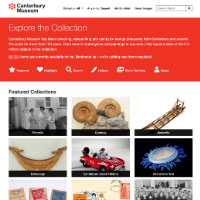
Canterbury Museum updated their online collection, releasing over 10,000 images with a Creative Commons licence to allow re-use
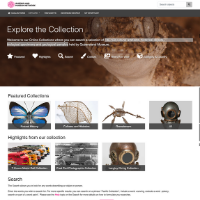
The Queensland Museum upgraded their significant online collections which give access to 795,128 cultural artefacts, historical objects, biological specimens and geological samples
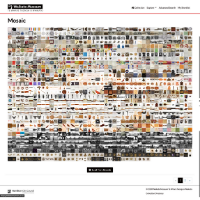
The Waikato Museum Te Whare Taonga o Waikato has published more than 30,000 taonga/objects in an online collection in 2020.
UNESCO includes the Sarjeant Art Gallery microsite as an example of good practices for current accessible digital heritage platforms.
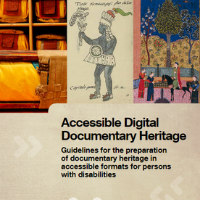
Although most major public heritage archives and collections already offer some or all their collections digitally, there is still a lot more to be done to make documentary heritage more accessible to persons with disabilities. In August 2019, a large study by WebAIM analysing the top 100,000 websites on the Internet found that 98% of websites failed to conform to WCAG 2.0 standards (WebAIM, 2019).
To ensure access to digital documentary cultural heritage, more emphasis must be placed on accessibility by online museums, galleries, archives and libraries. In this regard, there are a number of examples demonstrating good practices.
“Some online museum and galleries are also beginning to incorporate accessibility in their content. An example is the Sarjeant Gallery of New Zealand, which has made its entire collection available online, with each item accompanied by a text description of its key features…”
Read the whole report here.
Auckland Art Gallery: API and microsites
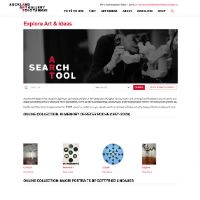
The Auckland Art Gallery Toi o Tāmariki has chosen to build their own bespoke website. It uses the Browser API to pull collection data from Vernon CMS for publication as an online collection. This allows them to include information from other sources, such as events, on the search results pages.
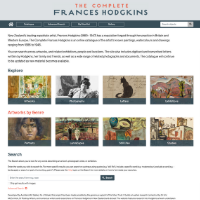
In order to share specific collections, the Auckland Art Gallery has also created microsites. With the exhibition of New Zealand’s leading expatriate artist, Frances Hodgkins, a dedicated portal was created specifically to publish The Complete Frances Hodgkins website as an online catalogue.
Popular on our Facebook and Twitter pages.
These are recent popular posts on our social media channels.
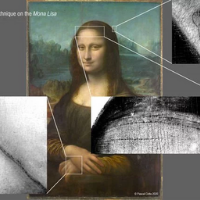
A new high-tech study of Leonardo da Vinci’s Mona Lisa suggests that the Renaissance master created the painting using a previously unknown preparatory sketch.
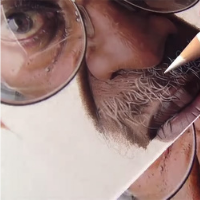
Australia-based illustrator Neeyellow specializes in photorealistic and hyperrealistic drawings, illustrations that look like photographs.
